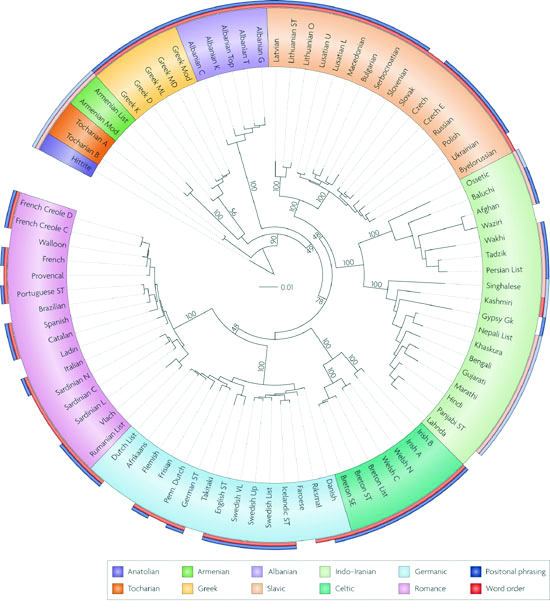Humans talk happy. Maybe it comes from being on top of the evolutionary heap. Maybe humans are just happy.
Whatever the explanation, the most commonly used words in human languages across a wide range of cultures are more likely to carry positive connotations than negative ones, says the largest-ever study of natural language and its emotional capacity.
The new research, published recently in the journal PNAS, is the first to use “big data” to confirm what has widely been called the Pollyanna hypothesis: the notion that, since humans are fundamentally happiest when socializing, human communication -- no matter where you find it -- will generally skew happy.
First put forth in 1969, the hypothesis posits, first, that as social creatures, humans take a basic pleasure in communication with other humans, and second, in such social exchange, languages largely reflect that positive feeling.
Compared to negative words, the hypothesis would suggest that words that convey positive emotions could be expected to be “more prevalent, more meaningful, more diversely used and more readily learned,” wrote the authors.
Led by the University of Vermont’s Peter Sheridan Dodds, an international group of mathematicians, modelers and linguists set out to test that hypothesis with a set of tools not available back in 1969. They combed through Twitter, the New York Times, the Google Books Project, Google’s Web Crawl, and a library of movie and television subtitles and song lyrics to draw up lists of the roughly 10,000 most frequently-used words in each of ten languages.
Common Words
Sometimes using several of these sources, the researchers generated a body of most-commonly used words in English, Spanish, French, German, Brazilian Portuguese, Korean, Chinese, Russian, Indonesian and Egyptian Arabic. Then, they paid native speakers of each of those languages to rate how they felt in response to each of those words on a nine-point scale, where 1 is most negative or saddest, 5 is neutral, and 9 is most positive or happiest.
For each word, they collected 50 ratings from native speakers.
They found that each language, on the whole, uses positive words more frequently, than they do negative words. There were gradations of relative linguistic happiness, of course: Spanish, followed by Brazilian Portuguese, English and Indonesian, topped the list for happy language; Chinese appeared least happy, with Korean, Russian and Arabic -- in that order -- showing low but increasing levels of linguistic happiness.


